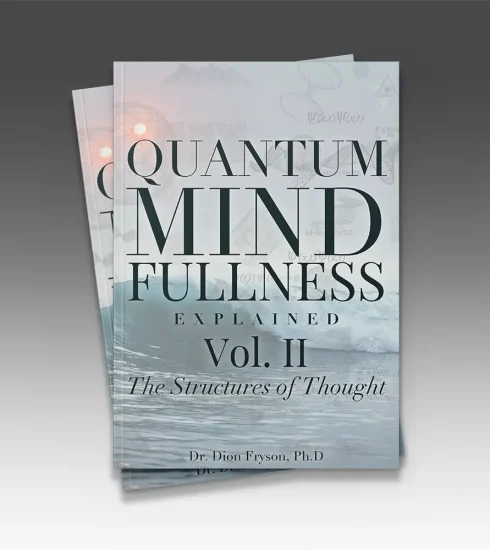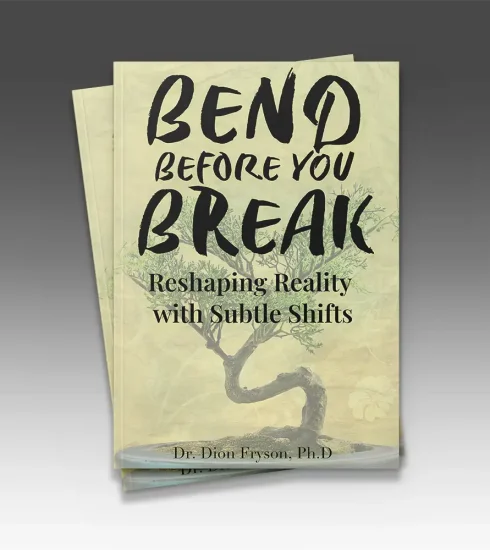The Model of Collapse
Quantum Mindfulness: Explained Vol V
by Dr Dion Fryson PhD (Author) Format: Kindle Edition
Book 5 of 5: Quantum Mindfulness: Explained
Unveiling the Architecture of Conscious Experience
Traditional views of consciousness have long reduced the mind to either a passive observer of sensory data or a linear processor of information. But these models fall short of explaining the complexity, unpredictability, and fluidity of real human experience.
This book introduces Quantum Mindfulness—a radical, integrative framework that redefines consciousness not as a fixed state or machine-like process, but as a dynamic field of possibilities. Drawing from contemplative wisdom, cognitive science, and psychological theory, it explores how consciousness actively shapes what we perceive as real.
At the core is the principle of superposition applied to the mind: our thoughts, emotions, and decisions don’t exist as fixed entities—they exist as potential states until we direct attention to them. That attention triggers what this framework calls Psychodynamic Collapse: the mental equivalent of quantum collapse, where a cloud of psychological potentials resolves into a single, consciously experienced reality.
Through this lens, consciousness is shown to operate across ten Psychodynamic Dimensions—fundamental “quanta” of experience that shape how we think, feel, and relate. These dimensions interact through subtle patterns called psychodynamic interference, forming the blueprint of our inner world.
Unlike classical mindfulness, which emphasizes passive observation, Quantum Mindfulness promotes participatory awareness—an active engagement with perception itself. Readers will learn practices like superpositional cognitive engineering, which help intentionally shape emotional states and mental outcomes.
The book offers practical tools for real-world transformation:
- Parallel Realities Visualization and Perspective Shifting for breaking habitual thought loops
- Identity as Collapse Pattern—a model for self-authorship through dynamic redefinition
- A fresh take on free will as the ability to choose which potential version of the self becomes real
- Tools to overcome cognitive overwhelm, resolution fatigue, and ontological starvation
It addresses the modern crisis of mental overload by introducing strategies to reclaim cognitive agency, regulate decision-making, and anchor perception in intentional awareness.
Ultimately, this book invites readers to develop perceptual freedom—the conscious capacity to shape how we experience the world. It offers a bold new path to dynamic mastery: the ability to fluidly navigate, influence, and evolve one’s inner experience in real-time.
This is more than a theory of mind—it’s a new blueprint for living.







